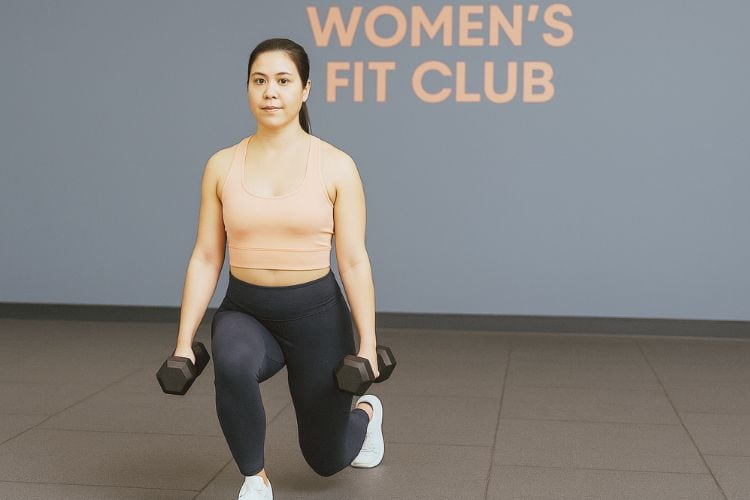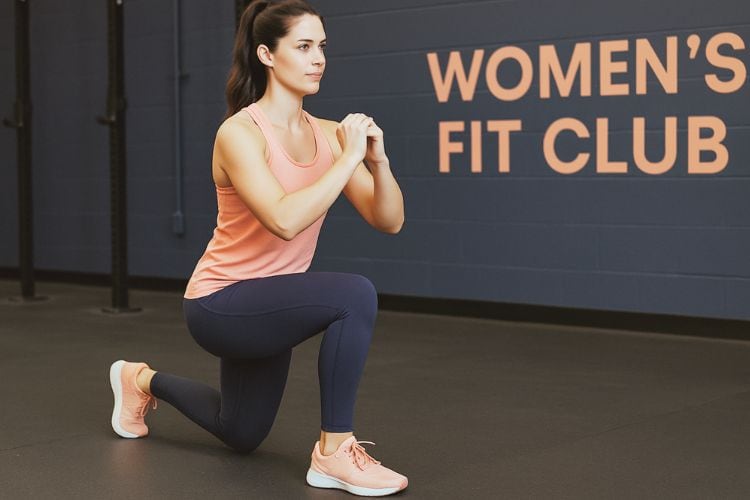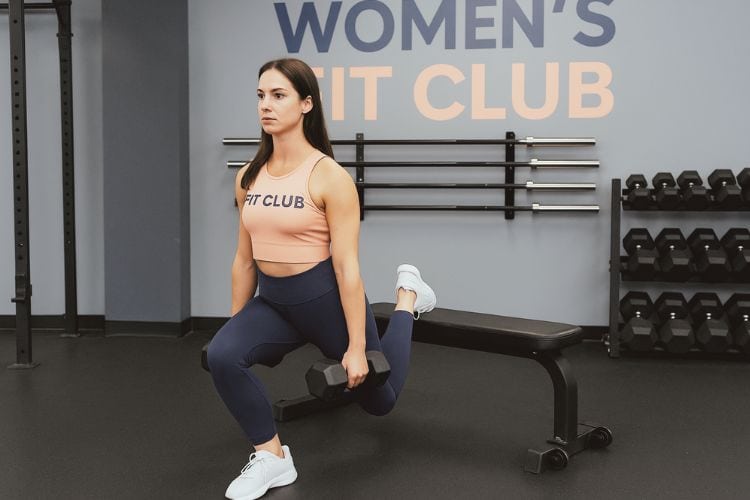Sign up for workout ideas, training advice, reviews of the latest gear and more.






Progressive overload is one of the most powerful and proven principles in strength training. It’s the gradual increase of stress placed on your muscles over time — through more weight, higher reps, slower tempo, or shorter rest. For women, progressive overload isn’t about bulking up; it’s about sculpting strong, toned muscles, building confidence, and improving performance. Whether you train at home or in the gym, this 7-day progressive overload strength training program will help you challenge your body safely, develop total-body strength, and accelerate results.
Progressive overload means continuously pushing your body to adapt by slightly increasing the training stimulus. This can be done through:
The key is small, consistent improvements — not huge jumps. Over time, these micro-changes build strength, endurance, and muscle tone.
As you gradually increase resistance, your muscles grow stronger and more defined — helping you achieve a firm, sculpted physique.
Muscle is metabolically active tissue. The more lean muscle you have, the more calories you burn — even at rest.
Without progressive overload, your body adapts and stops improving. Incremental changes keep your workouts challenging and effective.
Resistance training enhances bone density and joint stability — crucial for women’s long-term health and mobility.
Pushing beyond your comfort zone week after week builds confidence, discipline, and a strong mindset.
This 7-day program targets every major muscle group with both compound and isolation movements. It combines progressive overload principles with balanced rest and recovery.
| Day | Focus | Goal |
|---|---|---|
| Day 1 | Lower Body Strength | Power & glute development |
| Day 2 | Upper Body Push | Chest, shoulders, triceps |
| Day 3 | Core & Stability | Balance, control, posture |
| Day 4 | Lower Body Volume | Hypertrophy & endurance |
| Day 5 | Upper Body Pull | Back & biceps |
| Day 6 | Full-Body Conditioning | Metabolic strength & cardio |
| Day 7 | Active Recovery | Mobility & flexibility |
This session builds your lower-body base — crucial for long-term progression.
Warm-Up (5–8 minutes):
Workout (3 Rounds):
Progressive Overload Tip:
Add a small amount of weight weekly or increase your range of motion (deeper squat, slower eccentric).
Warm-Up (5 minutes):
Workout (3–4 Rounds):
Progressive Overload Tip:
Increase dumbbell weight slightly each week or slow down the negative phase of each press.
Warm-Up (5 minutes):
Workout (3 Rounds):
Progressive Overload Tip:
Add resistance (medicine ball, dumbbell, or cable tension) weekly for extra challenge.
Warm-Up:
Workout (4 Rounds):
Progressive Overload Tip:
Gradually increase repetitions or hold weights longer at the bottom for extra time under tension.
Warm-Up (5 minutes):
Workout (4 Rounds):
Progressive Overload Tip:
Increase the load or reduce assistance on pull-ups each week. Focus on controlled tempo during rows.
Warm-Up:
Workout (3–4 Rounds, Minimal Rest):
Rest 60 seconds between rounds.
Progressive Overload Tip:
Use heavier weights or reduce rest time weekly to increase intensity and calorie burn.
Rest days are where muscle growth happens. Recovery allows your muscles to repair and come back stronger.
Recovery Routine (30 Minutes):
Optional: Foam rolling and light massage to enhance circulation.
Focus on mastering movement patterns and consistent form. Track weights and reps.
Add 2.5–5 lb to lifts or 2–3 reps per set. Slightly reduce rest between sets.
Introduce supersets (e.g., squat + lunge) or tempo control (3-second eccentrics).
Take one lighter week to recover, then start a new cycle with slightly heavier loads or increased training density.
Aim for 0.8–1 gram of protein per pound of body weight daily to support muscle repair and growth.
Dehydration can hinder performance. Aim for 2–3 liters of water per day.
Complex carbs (oats, sweet potatoes, quinoa) fuel your workouts, while healthy fats (avocados, olive oil, nuts) support hormones and recovery.
Consume a protein-carb combo (e.g., Greek yogurt with fruit or a smoothie) within 60 minutes after training.
Jumping to heavier loads before your body adapts can lead to poor form or injury. Increase gradually.
Muscle growth occurs during rest. Aim for 7–9 hours of quality sleep per night.
Warming up improves mobility and prevents injury; cooling down aids recovery.
Keep a workout journal or app to log weights, reps, and notes. Tracking ensures consistent progression.
Progressive overload includes more than adding load — it can be tempo, reps, or time under tension.
Stretching, mobility, and foam rolling are crucial in a progressive overload plan. They help prevent soreness, improve range of motion, and keep your body performing optimally.
Try adding:
Track these milestones weekly to stay motivated and celebrate progress!
Progressive overload is as much mental as physical. Strength training teaches patience, discipline, and consistency. Every rep and small increase matters — even when results aren’t immediately visible.
Celebrate progress, not perfection. Strength is a journey, and every step forward counts.
| Day | Workout | Key Focus | Example Goal |
|---|---|---|---|
| Monday | Lower Body Strength | Glutes, quads, hamstrings | +5 lb squat |
| Tuesday | Upper Push | Shoulders, triceps | 10 reps @ 12 lb |
| Wednesday | Core & Stability | Balance & endurance | Add 2 reps |
| Thursday | Lower Body Volume | Endurance | 15 reps per set |
| Friday | Upper Pull | Back & biceps | Fewer assisted pull-ups |
| Saturday | Full-Body Conditioning | Fat burn & power | Reduce rest 15 sec |
| Sunday | Active Recovery | Mobility | 30 min yoga |
This 7-day progressive overload strength training plan for women is designed to help you get stronger, leaner, and more confident — one rep at a time.
By progressively challenging your muscles, fueling your body properly, and prioritizing recovery, you’ll create long-lasting results that empower you both physically and mentally.
You don’t need to train for hours — just consistency, intention, and progression.
Start today, track your lifts, and watch your strength soar — one week at a time!
Stay up to date on the latest women’s health, fitness and lifestyle trends and tips.